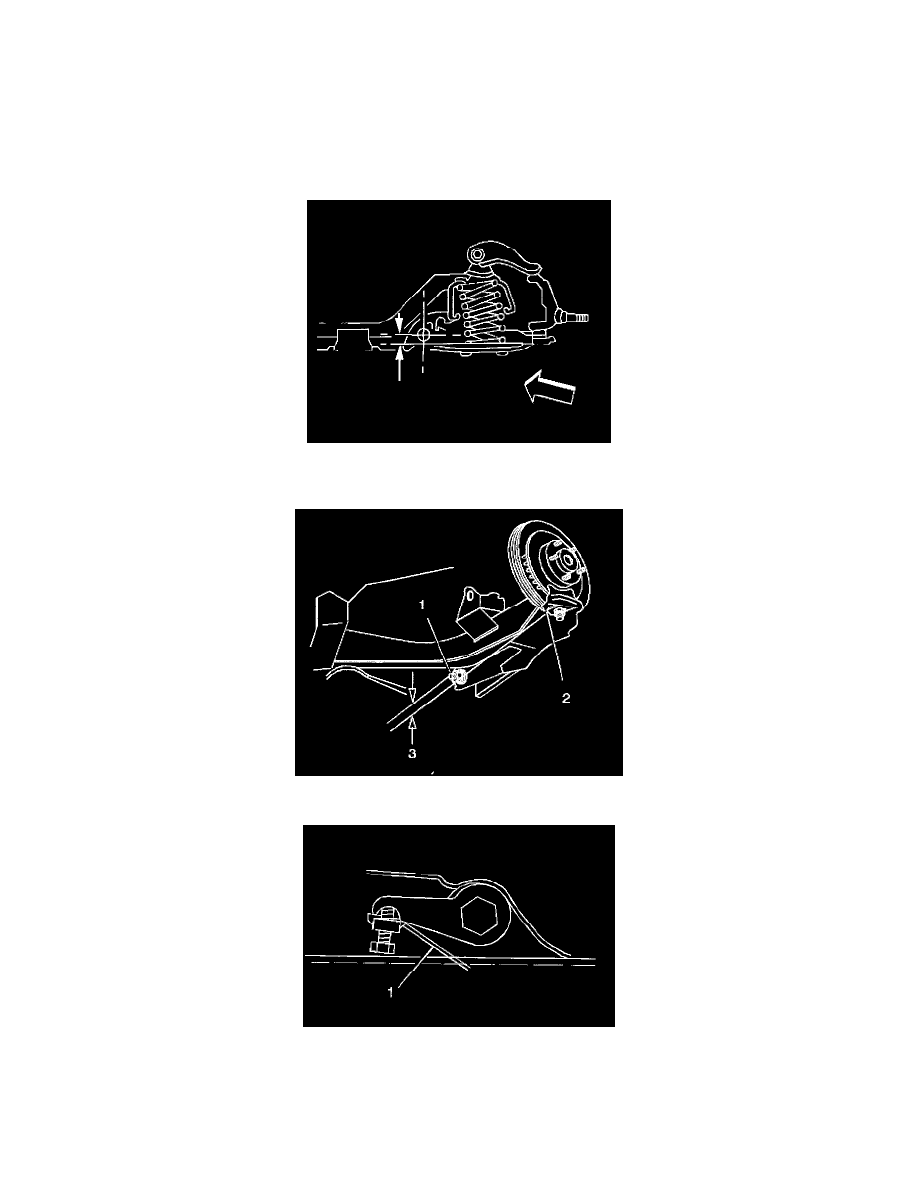K 1500 Truck 4WD V8-6.5L DSL Turbo VIN S (1999)

Alignment: Service and Repair
Trim Height Inspection
Z HEIGHT
Trim height is a predetermined measurement relating to vehicle ride height. Incorrect trim heights may cause symptoms similar to alignment problems.
Check the trim heights when you diagnose steering or vibration complaints.
The Z dimension measurement determines the proper ride height for the front end. The Z dimension is different for RWD vehicles and S4WD or
F4WD vehicles. The S4WD and F4WD vehicles have different points of measurement to determine Z height. Use the torsion bar adjusting arm in
order to adjust Z height. RWD vehicles have no adjustment and could require replacement of suspension components.
On RWD vehicles, measure Z height from the center line of the bolt of the front lower control arm down to the lower inboard corner of the ball joint.
Trim all Z heights at 89.0-101 mm (3.5-4.0 inch).
On S4WD and F4WD vehicles, measure Z height from the center line of the pivot bolt (1) down to the lowest inboard edge of the steering knuckle (2).
For S4WD and F4WD vehicles, use the following measurements:
-
K1 and K2 models (except K10906 with L65 or K20906 with C6P) trim the Z height at 151.0-163.0 mm (5.9-6.4 inch).
-
K1 and K2 models (K10906 with L65 or K20906 with C6P) trim the Z height at 139.0-151.0 mm (5.5-5.9 inch).
-
K3 models trim the Z height at 139.0-151.0 mm (5.5-5.9 inch).
Z HEIGHT MEASUREMENT
